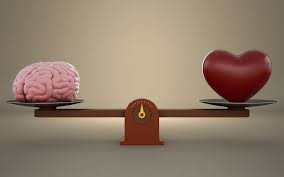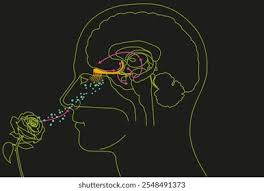
Buying a home is one of the most emotional decisions people make. While we often believe that price, size, and location are the top priorities, the truth is more complex. Behind every home purchase is a powerful blend of psychology, emotion, and instinct. Home buying is not just a financial decision — it’s a deeply personal experience shaped by what makes us feel secure, proud, and at peace.
This article explores what really influences home buyers — from scent and color to layout and emotional connections — and how sellers and agents can use psychology to sell faster and smarter.

Most buyers say they’re shopping with a checklist — number of bedrooms, good school zones, updated kitchen. But studies in behavioral psychology show that many decisions are made emotionally first, then justified logically afterward.
A cozy living room with natural light can trigger a feeling of comfort. A clean, organized kitchen can create a sense of control. A well-maintained garden might symbolize peace or a happy family life.
In fact, research from the National Association of Realtors shows that over 80% of buyers knew a house was “the one” as soon as they walked in — often in under 10 minutes.
Tip for Sellers: Make emotional appeal your top strategy. Stage your home to feel warm, welcoming, and “lived in” — without being cluttered.

Home buying is a sensory experience. Pleasant smells, soothing sounds, and visual harmony can powerfully influence buyer decisions.
Pro Tip: Before a showing, open the windows, play soft music, and add mild scents like lavender or citrus.
Professional home staging is more than furniture arrangement — it’s psychology in action. A well-staged home helps buyers visualize how they would live in the space. Empty rooms, in contrast, feel cold and can make it hard to judge scale.
A staged room sets the tone. A reading nook invites calm. A set dining table suggests hospitality. A tidy nursery might evoke dreams of growing a family.
Real-Life Example: In a 2022 survey by HomeLight, staged homes sold 3 times faster and for 6–10% more than non-staged homes.
One of the biggest mistakes sellers make is leaving too much of themselves in the home. Family photos, personal items, religious or political decorations — all of these can distract or make buyers feel like guests instead of future owners.
Clutter is also a big turn-off. Not only does it make rooms look smaller, it increases stress. A cluttered home equals a cluttered mind.
Do This: Store personal items, organize closets, and leave space open to make rooms feel larger and more inviting.
People feel more at ease in homes that have a natural “flow.” This means rooms are easy to walk through, spaces are connected, and transitions feel smooth. Awkward layouts, tight corners, or blocked hallways make people feel tense or unsure.
Open floor plans are especially popular because they feel social and inclusive. Buyers want to picture themselves entertaining guests or watching their kids while cooking dinner.
Pro Tip: If possible, rearrange furniture to open up pathways and highlight natural light. Even small changes in layout can dramatically shift perception.
Color affects mood. That’s why paint is one of the cheapest and most effective tools in the home-selling process.
Paint Strategy: Stick to light, neutral tones to appeal to the widest audience. Save bold colors for accent pieces like pillows or art.
Even the words used in a home listing can trigger certain emotions. Descriptions like “cozy,” “bright,” “move-in ready,” or “charming” create specific feelings and expectations.
On the other hand, vague or overly technical descriptions might feel cold or impersonal. Good copywriting speaks to the heart.
Keyword Tip: Use emotional, lifestyle-focused words like “retreat,” “family-friendly,” “sun-filled,” or “gathering space.”
At the end of the day, home buying is about more than bricks and mortar. It’s about identity, security, dreams, and a sense of belonging. Understanding the psychology behind it helps real estate agents, home sellers, and even homebuyers make smarter, more satisfying decisions.
So the next time you’re looking at a home — or selling one — remember: people aren’t just buying square footage. They’re buying a feeling.
Read More:- Shobha Realty Launches Its Most Luxurious Project Yet—Full Details Inside 2025
